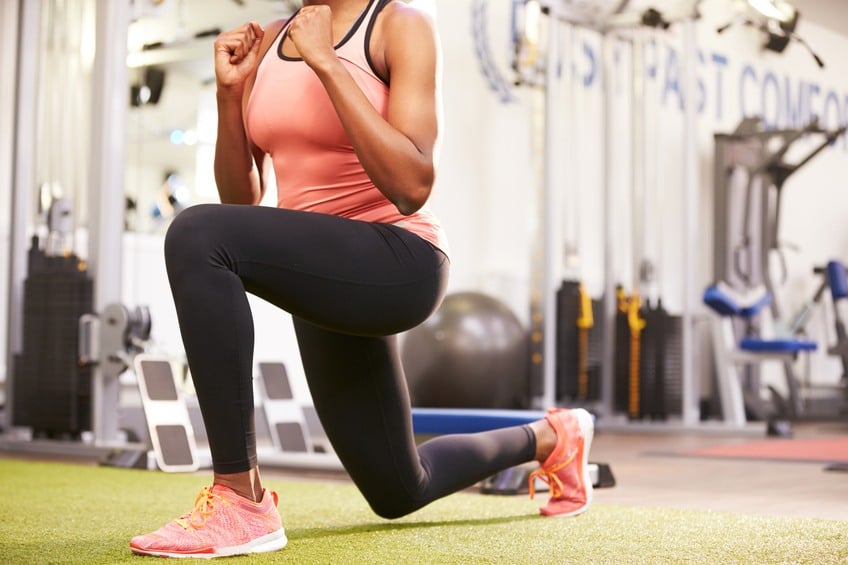Why it’s important to warm up, cool down and stretch
Make the three terms a permanent resident in your training routines and you will reduce your risk of injuries.

Picture: iStock
We hear it all the time: warm up, cool down, stretch.
We don’t always do it. When we experience injuries, these are the basics that we often have to go back to.
So instead of forgetting to do them, let me remind you of their importance in your fitness routine, and hopefully these three words (and actions) can become permanent features in your training programmes.
Warming up

Lunges Picture: iStock
The importance of warming up? Warming up before exercise helps to increase the body temperature. This, in turn, increases blood circulation throughout the body and ultimately improves the delivery of oxygen to the exercising muscles.
One of the most importance reasons that warming up serves is to decrease the chance of sustaining exercise related injuries.
We often hear trainers saying “don’t exercise or stretch cold muscles, you will get injured”. That is the hard truth. You need to prepare the body for the exercise planned and therefore warming up is the preparation that the body needs.
For example, if you want to head out for a run you can warm up by jogging on the spot and doing basic exercises like jumping jacks, knee highs, butt kicks and cariocas for one minute each to prepare the body.
Five minutes of doing a routine like this will definitely ensure that you reduce your chance of injury and that you enjoy your exercise routine without any niggles.
Cooling down

Picture: iStock
The cool-down period, at the end of a workout, is just as important as the warm=up. Just as you wouldn’t start your workout with a sprint, you shouldn’t abruptly end it with a sprint.
Just as you slowly increase the body temperature and heart rate during the warm-up to prepare the body for exercise, cooling down serves to decrease the body temperature and reduce the heart rate to a resting heart rate at the end of the workout so that you can safely continue with the body’s normal functions.
Cooling down also prevents blood pooling in your lower extremities (feet and ankles). The cool-down process is also known as the “recovery period” after the stressful effects of exercise.
Cooling down allows for a gradual recovery, which is much safer. An abrupt ending to a workout without cooling down can sometimes lead to a sudden drop in heart rate, blood pressure and potentially result in fainting.
To give you an example, this is the reason why most treadmills at the gym (if set for a specific workout) have an additional one minute cool-down period added at the end of a workout.
Stretching

Picture: iStock
Stretching is something that can be done after a warm-up, before the workout, as part of preparing the body for the exercise that is about to be done, and it can also be done after the workout and cool-down process to help the body return to its natural state.
Some people stretch twice in one workout and some only at the end. It’s a preference but of course the more one stretches the better it is to increase or maintain ones flexibility.
Yes, overstretching is also a possibility and can lead to injuries, but if you are not a ballerina or a gymnast, it’s rare to reach a level of overstretching.
Stretching has many benefits and a few include improved range of motion, increased flexibility of the different muscles, improved blood circulation, decreased possibility of injuries and assistance in the elimination of lactic acids that builds up in the muscles during exercise.
If you warm up, cool down and stretch with each training session, you will start to reap the benefits and improve your performance.
Make those three terms a permanent resident in your training routines and you will reduce your risk of injuries.
Zulu is a qualified biokineticist and co-founder of PopUpGym. Follow her on Instagram: @ letshego.zulu; Twitter: @letshegom; Facebook: Letshego Zulu
For more news your way, download The Citizen’s app for iOS and Android.
For more news your way
Download our app and read this and other great stories on the move. Available for Android and iOS.









